Hungry hummingbirds!
greenacreslady
13 years ago
Related Stories

GARDENING GUIDESBackyard Birds: Invite Entertaining Hummingbirds Into Your Garden
Hummingbirds — unique to the Americas — zip through open landscapes seasonally or year-round. Here’s how to attract them
Full Story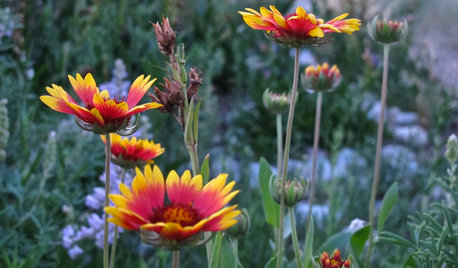
GARDENING GUIDESThese Hummingbird-Attracting Native Plants May Surprise You
These flowers, vines and shrubs offer shelter and food supplies that keep hummingbirds around longer
Full Story
GARDENING GUIDESAttract Hummingbirds and Bees With These Beautiful Summer Flowers
Roll out a welcome mat for pollinators to keep your landscape in balance and thriving
Full Story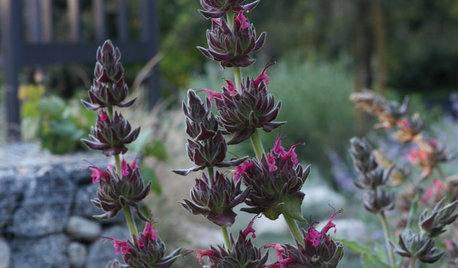
FLOWERS AND PLANTSHummingbird Sage Lures Wildlife With Its Sweet, Fruity Fragrance
This native California ground cover thrives with little water on grassy slopes, under trees or in patio containers
Full Story
GARDENING GUIDESTop 12 Summer-Blooming Perennials for Deer-Resistant Drama
Can you have garden color, fragrance and exciting foliage with hungry deer afoot? These beauties say yes
Full Story
GARDENING GUIDESOh, Deer! 10 Native Flowers That Stand Up to the Herds
Keeping a garden amid hungry deer can be hard, but these plants should fare well
Full Story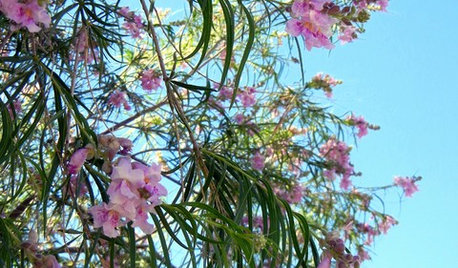
LANDSCAPE DESIGNGreat Design Plant: Paint the Summer Landscape With Desert Willow
If the vibrant flowers of this Southwestern native tree don't blow you away, the hummingbirds, fire resistance and low maintenance will
Full Story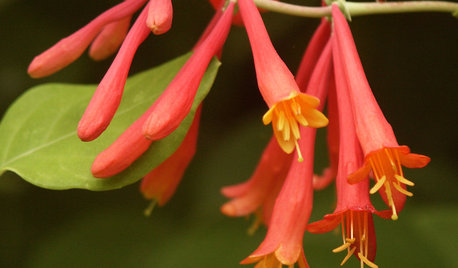
GARDENING GUIDESGreat Design Plant: Lonicera Sempervirens
Grow this long-blooming, flashy flowering vine to cover a fence or arbor and attract hordes of hummingbirds all season long
Full Story
GARDENING FOR BIRDSWhat to Know About Birds Nesting in Your Yard
Learn how to observe, record data and help ornithologists with NestWatch’s citizen science project understand bird trends
Full Story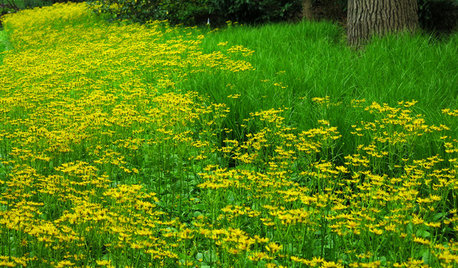
FALL GARDENING5 Native Early-Spring Bloomers to Plant This Fall
Think beyond tulips and daffodils this year with plants that you and native pollinators will love
Full Story





Okiedawn OK Zone 7
greenacresladyOriginal Author
Related Professionals
Panama City Landscape Architects & Landscape Designers · Canyon Lake Landscape Contractors · Cary Landscape Contractors · Parker Landscape Contractors · Ramsey Landscape Contractors · Soddy Daisy Landscape Contractors · Grafton Decks, Patios & Outdoor Enclosures · Hialeah Decks, Patios & Outdoor Enclosures · Lakewood Decks, Patios & Outdoor Enclosures · Little Rock Decks, Patios & Outdoor Enclosures · Pataskala Decks, Patios & Outdoor Enclosures · Richmond Decks, Patios & Outdoor Enclosures · Tooele Decks, Patios & Outdoor Enclosures · Urbana Decks, Patios & Outdoor Enclosures · Eustis Decks, Patios & Outdoor Enclosuresgranygreenthumb
quailhunter
p_mac
laura_lea60
Okiedawn OK Zone 7
greenacresladyOriginal Author
greenacresladyOriginal Author
laura_lea60
greenacresladyOriginal Author
Okiedawn OK Zone 7
greenacresladyOriginal Author